When your prospects land on your website and start reading what’s all about, you only have a few seconds to convince them to stay.
This part of the sales copy, the part that comes right after the headline, is called the lead.
We’re going to study this vital part of your copy in detail as if our life (our sales, in this case) depended on it and you had the clock against you (which is really the case).
I’m going to show you what you need to do to make people stay on your landing page and end up buying.
So let’s get down to business!
The purpose of the lead
Make no mistake. The purpose of the lead isn’t to introduce your offer.
Or not always.
Remember, the offer is what you intend to sell and under which conditions (price and everything that’s included).
You can only introduce your offer right at the start if your prospect knows your brand really well and is already a fan.
Like in the case of the almighty Nike, Apple, Starbucks and the like.
They can cut to the chase and present their offer straight away, stating the main benefits and the price.
But this is not the case for most mortals.
Most of us are trying to sell something to people who don’t know us at all and may not even know what kind of service or product we’re selling.
The sales lead: 10 seconds to convince your prospects with your copy.#copywriting #digitalmarketing #smallbiz Share on XSo what’s the purpose of the lead?
The main purpose of the lead is to generate enough curiosity and desire for the prospect to continue reading the rest of your sales copy.
And how can you generate that curiosity and desire?
That’s what we’re going to look at next. But first…
What does your prospect already know?
This is the first question you should ask yourself.
Depending on your prospect’s level of awareness, the more direct or indirect your lead should be.
Let’s remember those stages a prospect goes through, also known as “The buyer’s journey”:
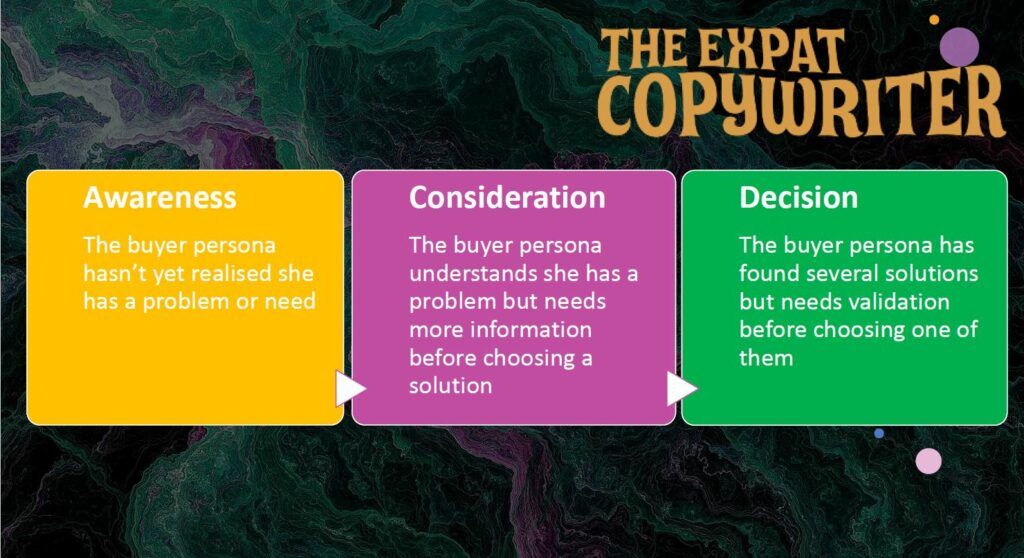
Before deciding what type of lead you are going to create, you must have done a thorough research of your buyer persona to know in which of these stages they are.
Types of leads
There are 6 most common types of leads and all of them depend on your prospects’ level of awareness.
Let’s take a look at each of them with an example.
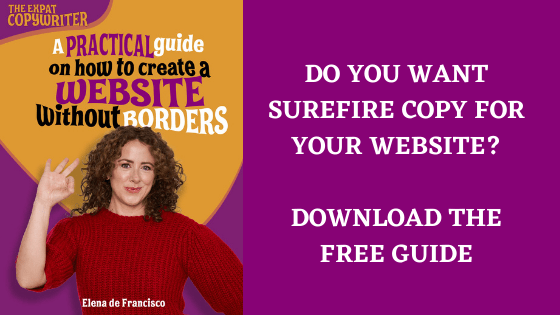
Lead presenting the offer directly
As we’ve just seen, this type of lead can only work for brands that have already made their place on the podium, are well-known in their industry and their audience already trusts them.
Like Scape the City, a very popular start-up accelerator in the UK which has helped a bunch of successful start-ups.
Example of their main programme lead:
“The Start-up Accelerator is your entrepreneurial apprenticeship. A 12-week programme where you will launch the first version of your business alongside entrepreneurially-minded escapees and mentors.
DATE & TIME
12 weeks | Starting 1 September 2021
COST
£1,950″
As you can see, they go straight to the point, they already introduce the price, duration and starting date.
Lead with a promise
This is the most common type of lead.
It’s less direct than presenting the offer straight away since we don’t immediately mention the name of the product or the solution.
In this type of lead, the headline almost always mentions the big promise or the strongest statement for the first time.
Example
From the website of Laura Briggs, an independent recruiter:
“I’m here to make the hiring process easier, friendlier and more honest.
Although finding your next career move or a new member of staff can be a difficult task to tackle by yourself, the idea of working with a recruiter probably doesn’t appeal to you very much either.
They don’t listen. They’re untrustworthy. You can’t get rid of them. It doesn’t have to be like that, I promise!
I like to do things a bit differently, with a personal touch.
That means no sales talk, no pressure and no calling you at work. I’m known for really listening and taking the time to find exactly what you’re looking for – whether you’re hiring or job hunting.”
Laura’s big promise is already on the headline. “I’m here to make the hiring process easier, friendlier and more honest.”
The sales lead: 10 seconds to convince your prospects with your copy. #copywriting #digitalmarketing #smallbiz Share on XProblem-solution lead
This type of lead starts by first identifying the reader’s most important and urgent problem, followed immediately by a promise of an easy and effective solution: your product or service.
Example
Seen on career coach Jena Viviano’s website.
“Do you have this nagging feeling that you “should” be using LinkedIn, but you have no clue where to start?
I’m about to make your life 100 times easier.
LinkedIn is the best social media site that nobody knows how to use. But you’re not everyone. Which is why you’re here.
You know in your heart of hearts that the antiquated resume is out and LinkedIn is the place to be if you want to be seen as a top-notch professional, a thought leader in your industry or just the best person for the job.”
After reading this lead you want Jena to help you use LinkedIn now!
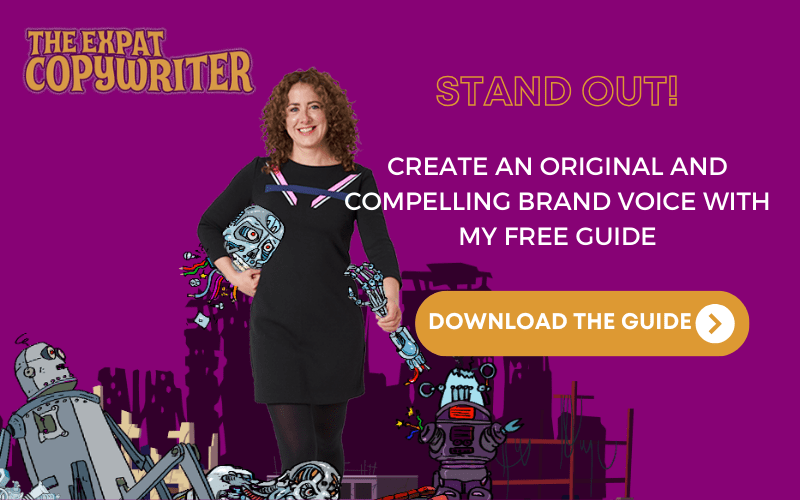
Lead with a big secret
Reveals the solution to a problem in the form of information, formula or system for success, which is not mentioned yet on purpose.
Let’s look at one of copywriting genius Gary Halbert’s most famous sales letters as an example.
“The amazing health secret of the oldest person in the world!
Dear friend,
If you are interested in living a very long life… and… staying young and healthy… this will be the most important message you will ever read.
Here’s why: Westminster Abbey is the most famous church in England. It was started in 170 A.D. That means this famous church is now 1,835 years old. It is a work of architectural genius, a place of daily worship and the burial place of kings, statesmen, poets, scientists, warriors and musicians. And…
This church has a secret that keeps you young and healthy for a very long period of time!”
And then he goes on to tell the story of Thomas Parr, a man who is buried there and who was the oldest person who ever lived. He lived 152 years, married his first wife at 80 and had his first child at 130.
He tells how a doctor performed an autopsy to find out why the man had lived an exceptionally long life and discovered that his colon was as clean and pure as that of a child.
You can imagine what they were selling… Pills to cleanse the colon.
Brilliant, don’t you think?
The sales lead: 10 seconds to convince your prospects with your copy. #copywriting #digitalmarketing #smallbiz Share on X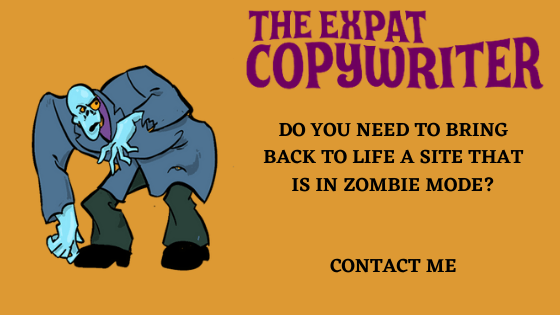
Lead with a shocking message
This is an indirect way to grab prospects’ attention. It works really well to shock a distracted reader into paying more attention to what you have to say by mentioning an incredible fact or making a bold prediction or statement.
Example
From Happy Daily Coaching website, with whom I worked some time ago.
“HALF OF THE BUSINESSES FIND THEIR TOP HIRES FROM EMPLOYEE REFERRALS
It’s stats like those that keep you up at night, wondering what the future holds.
You’re in a new country. You’ve moved away from your network, your community and your support system.
And you’re trying to find a job.
Whilst also navigating a new environment, culture and network. Everything is taking a million times longer than usual, and all those tricks that worked so well when you were back home?
They just don’t seem to cut it here.”
If you’re their buyer persona and you’re looking for a job abroad, this lead will definitely catch your attention.
Lead with storytelling
This is the most indirect way to open a sales message. Audiences respond well to narrative because everyone likes a good story.
And it’s not just for B2C.
Many companies think storytelling doesn’t suit B2B, but nothing could be further from the truth.
Behind a company, there’re always people with their little hearts and emotions.
Let’s not robotise the message!
You can be warm and personal and at the same time professional.
Example of a sales letter from the Wall Street Journal – what could be more serious than finances?
“Dear Reader:
On a beautiful spring afternoon 25 years ago, two young men graduated from the same college. They looked very much alike, these two young men. Both were very good students, both were responsible, both were close, and both – as recent graduates – were full of dreams for the future.
Recently, these two men returned to their college to celebrate a student reunion 25 years later.
The two still looked very much alike. They were both happily married. They both had 3 children each and both had ended up working for the same factory after graduation, where they were still working.
But there was a difference. One of the men was the supervisor of a small department while the other was the Director of the company”.
You can imagine how the story ends. The one who became the company director was the one who read the Wall Street Journal, of course!
Sometimes lead types can also be combined.
You can start your lead with a clue to the problem or the solution through a story. This way you make the reader feel the problem as quickly as possible and then focus on the solution.
As in this example from AWAI, the most renowned copywriting school in the U.S.
“Having survived four layoffs, every day at work felt like a gamble.
All I could think was, “Will I be next?”
It was Christmas time, and the investment banking firm I worked for decided on a fifth layoff – effectively cutting out 25% of the staff. As luck would have it, my name was on that list.
Fortunately, in October of 2002 – a few months before the layoff – I got a letter from AWAI in my mailbox that read, “Can You Write a Letter Like This One?” Initially, I didn’t give it much thought. But once I sensed things might go south at my company, I decided to order AWAI’s Accelerated Program for Six-Figure Copywriting as an “insurance policy.”
The copywriter who wrote this sales letter makes you feel the same fear she felt back then because maybe you too have gone through a similar situation.
When she uses the expression “as luck would have it, my name was on that list” you know the story is going to have a happy ending and you want to know how she managed to succeed professionally after her layoff.
OK, so we’ve seen 6 powerful lead examples, now let’s look at a couple of final tips to make sure your lead has the punch you need.
The sales lead: 10 seconds to convince your prospects with your copy. #copywriting #digitalmarketing #smallbiz Share on XThe first sentences serve as a warm-up
This happens a lot.
When we start writing copy, we need to get into the flow and we often write obvious things that only delay the important message.
This process helps our brain to generate ideas and clarify concepts.
That’s why it’s so important to ALWAYS reread and edit your copy.
If you want to find out if the first sentences of your lead are warm-up sentences, and therefore don’t contribute anything, delete them. Then read the copy again.
If the copy hasn’t lost its power and is still effective, then those sentences were weak.
Maybe you don’t have to get rid of them, just copy them into your notes app and use them at another time, further down in the copy.
The lead has to be super-powerful because the rest of your copy depends on it.
Make sure the first words grab the reader by the eyeballs and don’t let them leave even if they left the frying pan on the stove.
A trick that helps to further convince a prospect
I learned this trick from the great copywriter Joe Sugarman and later Glenn Fisher reemphasised it in his book The Art of the Click.
The lead is also the moment in which the reader, in just a few seconds, will decide whether they like the person who is behind the copy or whether they think he or she is a jerk.
Yeah, don’t look at me like that, we all do it.
We all know that most of the messages we read on the internet are designed to sell us something or to convince us of something.
That’s why we always have our “jerks detector” on full blast.
So your main goal when writing your headline and lead is to get past the jerk filter.
How do you do this?
First by having done hours of research – many hours! – on your buyer persona to find out which words will make them squeal and which words will put them in tune with you.
The trick I want to tell you about, which I learned from two of my favourite copywriters, is the following:
A person is more likely to trust you if they agree with you right from the start.
If you start your lead with an idea that makes the reader’s head nod in agreement, you’ll have a better chance of convincing them to do whatever you want them to do (buy, subscribe, contact you).
Let me explain.
Right at the start of your sales copy use a statement with which you’re absolutely certain the reader will agree 100%.
For example:
There’s nothing more annoying than when you call customer service and they keep you waiting for a long time with that lift music on.
Or this other one:
Do you also sometimes take out your mobile phone to check the time, put it back, don’t remember what time it was and take it out again?
Think about it, both are situations that happen to 99% of the population.
With this type of statement, you get the reader to agree with you from the start and they will be more in tune with what you will ask them to do.
The statement you choose doesn’t have to be directly related to your product or service, but if it is, it’ll work even better.
In case isn’t related, then you should create a common thread to make it relevant.
The sales lead: 10 seconds to convince your prospects with your copy. #copywriting #digitalmarketing #smallbiz Share on XSumming-up
The lead is vital to get the reader’s attention, sympathy and interest.
You have a lot at stake, so allow the time and effort it deserves.
Remember: the type of lead you choose depends very much on the stage your prospect is at.
– Higher level of awareness – more direct lead (offer, promise).
– Lower level of awareness – less direct lead (problem-solution, secret, shocking message and storytelling).
See you around!

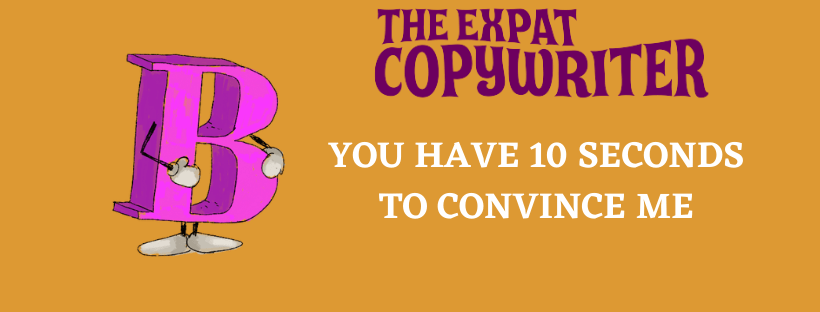
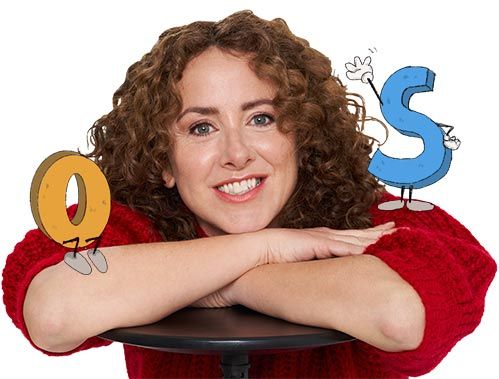
Thank you so much for this.
Thank you Adeniran for reading my blog. Happy to hear that it was helpful.
The information on your blog was really helpful. Thank you Elena de Francisco.
Thank you Solomon for your kind comment. I’m really glad you found it helpful!
See you around!
Your content is so helpful. Thanks a lot.
Thank you Charakupa, really happy to hear that you find my content helpful 😊
This was incredibly insightful! The examples you provided for each type of lead helped me gain a deeper understanding of everything. Totally enjoyed reading this 🙂
Thank you Kamil for your kind comment. Really happy that you found it helpful 😊